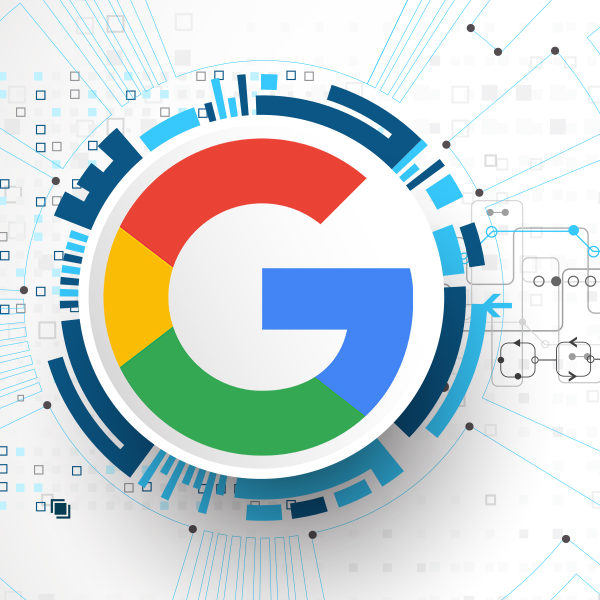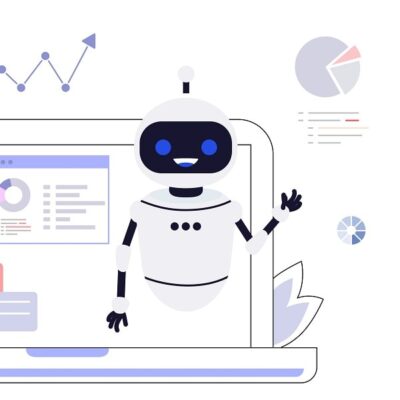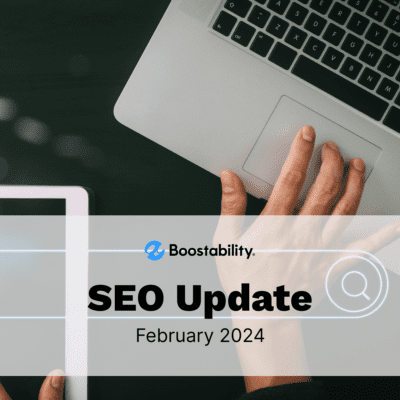Without a doubt, the internet has changed the way people think about and search for information. In the beginning, the goal of Google’s algorithm was simply to provide users with the best answer based on their question. Things have come a long way since 1998, and Google has changed its focus to match the way users search. The SEO techniques that worked in 2000, 2010 or even 2018 may not have the same results that they had before the March 2019 Core Algorithm Update.
“Best” Is Subjective
Everyone’s search journey is different, but it typically starts with users entering what they want to know, such as “Where is the Grand Canyon?” The results that come up used to be what Google determined as the “best” response, based on SEO factors such as relevance, keyword match, and proximity. Although this matches the actual question with appropriate topical content, it doesn’t take the user’s intent into account.
Algorithm Tweaks vs. Broad Core Updates
Google makes 500 to 600 changes to its search parameters every year. In most cases, they are a quick fix or a tweak to a particular section of the algorithm. It may affect targeted niches, such as August 2018’s Medic Update that primarily seemed to affect websites centered around healthcare/medical and fitness. However, a few times a year there are broad changes that often result in massive volatility in the global search results.
A broad update doesn’t target categories, niches or quality. Instead, it fundamentally changes the search focus. These updates can radically change search results, sending previously popular sites to obscurity and bringing new websites to the top. The goal is to improve user satisfaction. In September 2018, Google added a neural matching algorithm to help it better understand concepts using deep relevance ranking.
Unlike traditional indexing that relies on a network structure, the ad-hoc retrieval method known as neural matching ranks web pages using the query and website text only. When Google re-ranked web pages, it was with an entirely different set of criteria than what is used for conventional information retrieval for matching a search with a result. A benefit of the change was that a significant amount of spam was removed, and the ranking signals collected the most relevant results.
Effects of the March 2019 Broad Core Update
The March 2019 update changes search profoundly, again affecting how sites are ranked. The Google algorithm evaluates expertise, authoritativeness, and trust. It does this using several factors, with PageRank, which uses links across the web, being the most well-known signal. Depending on the query, more or less weight can be given to specific SEO factors, adjusting the search results to match the user’s intent.
The Focus Is on the Journey
Google is using AI to understand the user’s language more clearly in a search. Individuals often search the web by looking for a solution to a problem. Then they expand their search or change direction based on the search results they get. Google uses the search history to figure out what stage of the journey between searching and buying or solving a problem the user is in, then provides content that fits.
If you searched for “Where is the Grand Canyon?” a few days ago, and now you are looking for accommodations in Arizona, search results may now include new results. Things like hotels and home rentals near Grand Canyon National Park, rental car information, and Colorado River Rafting tours. Google has concluded that you are planning a trip and is trying to provide the information that best matches your intent.
Search Journeys use the information to understand how intentions change the more a user learns about a topic. It uses Activity Cards to remember web pages and articles that users visit while researching a specific topic. Google displays these pages at the top of the search feed along with the date last viewed.
How Search Journeys Affects SEO
This change enables marketers and SEO professionals to understand why users search for particular information. It helps map keywords used in the various key points in a journey, from information-only to the decision-making and buying stages. Identifying intent is a vital part of the keyword research process. It enables you to use terms that attract the most relevant, targeted audience who are ready to buy.
Categorize keywords by type: informational, navigational and transactional. This ensures they are relevant to each stage of the user’s journey.
- Informational keywords align with the first stage. Users have a question or a problem and are seeking answers.
- Navigational keywords help searchers narrow their search to particular products, services or brands during the decision-making phase of their journey.
- Transactional keywords indicate they are ready to purchase, hire or join. They include terms such as where to buy, schedule an appointment, and apply.
By mapping keywords to each stage, you can create content that attracts users to your website throughout their journey.
Build Trust and Brand Recognition
Optimize your media for both the value of your brand and relevance to the consumer. Make sure your site is mobile friendly; it provides a positive user experience and enable you to measure touchpoints throughout the customer’s journey.
Almost half of mobile searchers are looking for local businesses. Is your website content optimized to attract customers? Does it provide the best answer to their question? Have you claimed your Google My Business page and completed the profile with the correct name address and phone number?
Taking these and similar steps that encourage visitors to stay on your site longer by providing content they want builds trust with Google, which sees your pages as authoritative.
Boostability offers a wide range of services to help you build brand recognition and grow your business. We can help you with a free SEO analysis today to start generating more leads and get a jump on your competitors.










